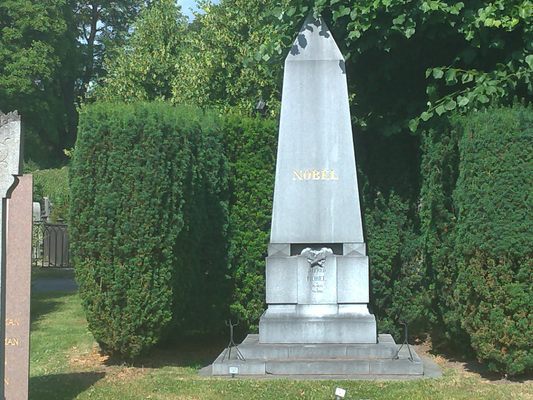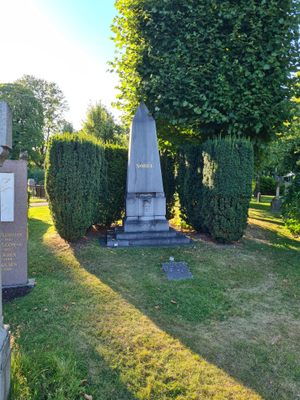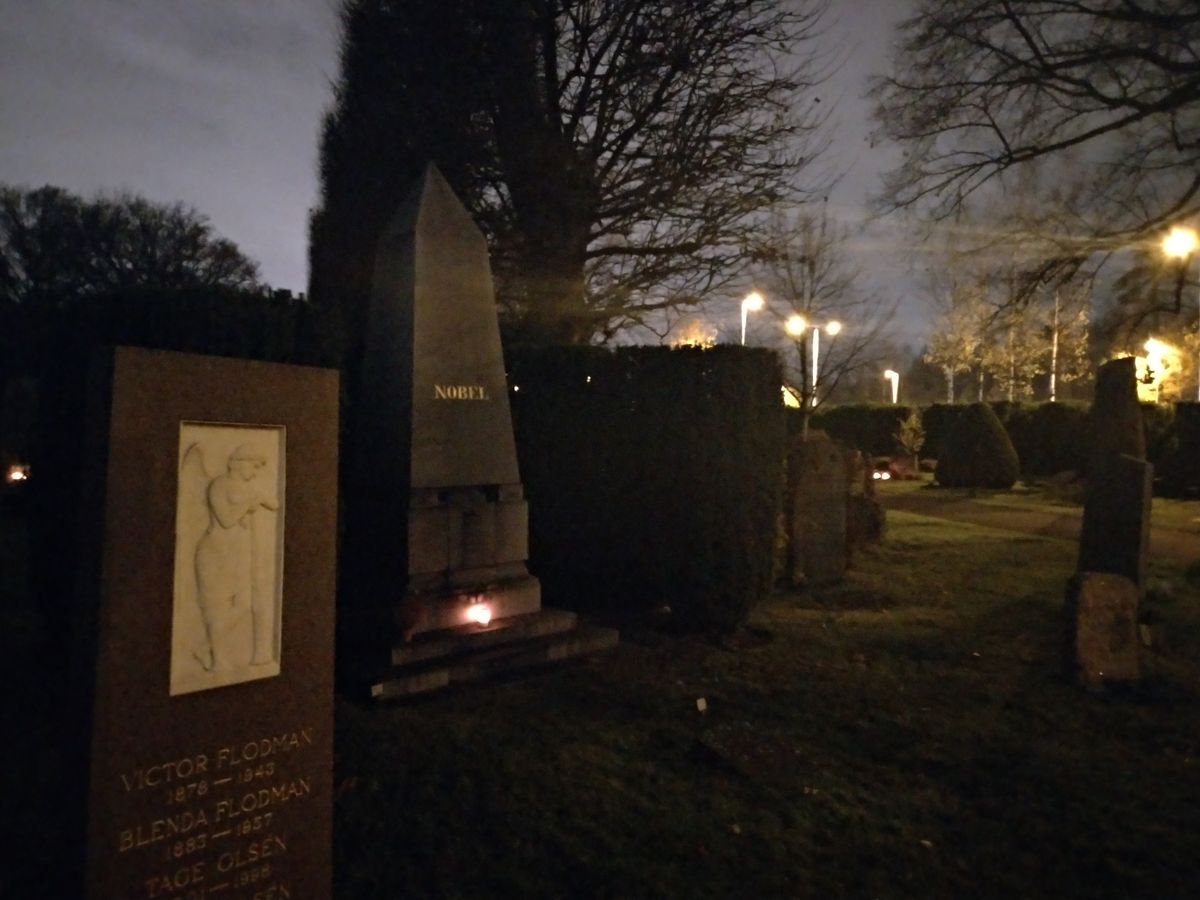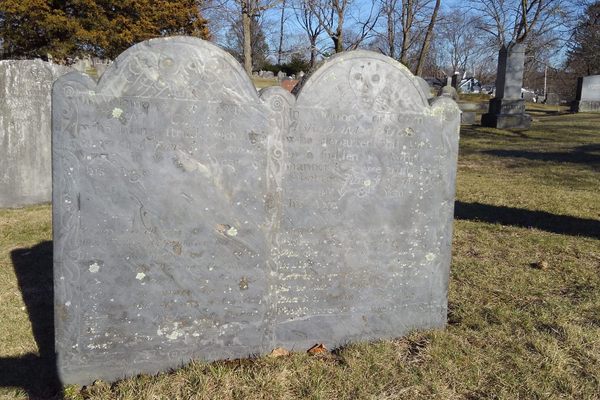About
Norra Begravningsplatsen (Northern Cemetery) is one of Stockholm's oldest and most prestigious graveyards. Inaugurated in 1827, the cemetery is the final resting place of several Swedish nobles and other well-known citizens. From politicians to writers, to the famous chemist, inventor, and businessman Alfred Nobel.
Upon his death in 1896, Nobel used much of his fortune to create a foundation that give out annual awards for achievements in science, literature, and peace. Today the Nobel Prizes are known around the world, but the origins of the fortune that endowed them is not as famous. As an engineer and chemist, Nobel took a particular interest in explosives. He invented dynamite in 1867—the explosive was widely used in mining and development projects, and with its usage came wealth and status for Nobel. In the years that followed, he continued to develop explosives and invested heavily in weapons manufacturing.
When Nobel's brother Ludvig died in 1888, a number of newspapers mistakenly published obituaries for Alfred. One of them reportedly had the headline: “Le marchand de la mort est mort,” ("The merchant of death is dead"). In a biography of Nobel, Kenne Fant wrote that the inventor “became so obsessed with his posthumous reputation that he rewrote his last will, bequeathing most of his fortune to a cause upon which no future obituary writer would be able to cast aspersions.”
Though Nobel's relatives were unhappy with the development and tried to fight the will, the Nobel Foundation became a reality. The first Nobel Prizes were awarded in 1901.
In the cemetery, a road that traverses the cemetery is dedicated to Nobel called, Alfred Nobels allé. A single obelisk marks the site of his burial with one word, "Nobel," embossed across the front.
The tomb is a popular visiting spot during All Saints Eve in Sweden. During the celebration, people venture out to the cemetery to light candles and place them on graves to pay respect to those they admired.
Related Tags
Know Before You Go
The cemetery is open 24/7 and freely accessible.
Published
November 1, 2019











































